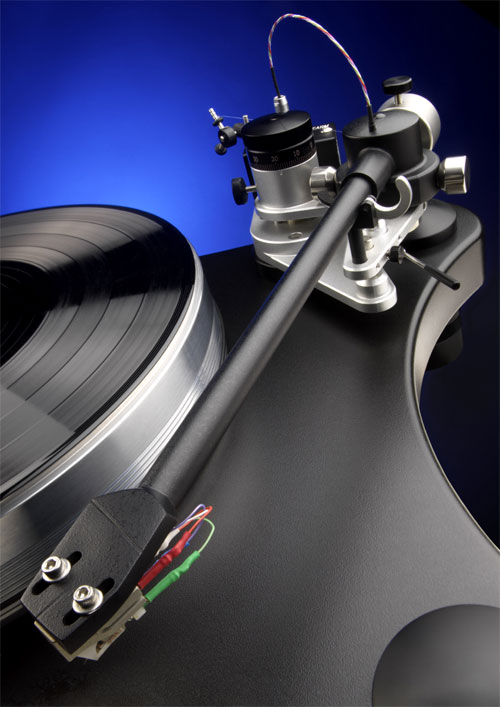| Analog 101
For newcomers to turntables as well as those who have had one for so long they’ve forgotten the basics.
Few if any turntables arrive ready to play, and even those that say they do will require (or benefit from) some adjustment. Most turntables actually demand significant assembly, often including the installation of tonearm and cartridge. These are tasks that don’t just seem daunting unless they are familiar, the accuracy with which they are executed will have a dramatic effect on the musical results you enjoy from your record player. That is because, unlike amplifiers or CD players, record players are essentially mechanical in operation. So, just as tuning your car’s engine or suspension makes it drive better, tuning your turntable also delivers performance benefits. But, by the same logic, neglect or a lack of care and attention to detail can be (musically) catastrophic. So herein you’ll find the knowledge you’ll need to make sure that you actually realize the performance potential of your new turntable (or maybe one that you’ve owned for years). This site is laid out in step-by-step topics, each with clearly illustrated how-to guides to help you through each stage of the process. In each case, the individual step takes you to the level required to achieve basic performance. In some cases, additional steps will allow you to refine your setup even further -- with further improvements in musical performance. Analog setup has enjoyed several significant advances in the last few years, so even experienced record users might discover tools or techniques that could deliver more music from their record players. We’ve used the VPI Prime turntable as the example to illustrate the approaches and techniques outlined, but they apply to almost any ‘table, irrespective of price, and while the adjustments on tonearms can vary, these are normally covered in the manual for those products. The thing to remember is that, despite the apparent complexity of the process, it really is conceptually simple. (Please note that the cosmetics of the VPI turntable may vary based on manufacturing date.)
|

 ost hi-fi equipment is plug'n' play
in nature: you open the box, place what's inside, connect it and there you go -- music.
Sure, there are niceties when it comes to supports and positioning, but the units
themselves are pretty self-contained. Short of putting tubes in an amplifier or feet on a
speaker, audio equipment doesn’t demand a lot of assembly. Except for turntables.
Those are a whole different deal.
ost hi-fi equipment is plug'n' play
in nature: you open the box, place what's inside, connect it and there you go -- music.
Sure, there are niceties when it comes to supports and positioning, but the units
themselves are pretty self-contained. Short of putting tubes in an amplifier or feet on a
speaker, audio equipment doesn’t demand a lot of assembly. Except for turntables.
Those are a whole different deal.